24 Terms Every Watch Enthusiast Should Know
The ultimate timekeeping guide for watch lovers.
Don’t know your tourbillon from your calibre? Struggling to come to terms with all that fancy French lingo? That’s where we come in. Watch terminology can be as complicated as the movements that drive them.
Yes, hardcore time lords may know the difference between a nato strap and a bracelet
but an up to the minute glossary certainly helps matters. Whether starting off your timepiece journey or curious about casebacks, here are 24 terms every watch lover needs to know.
1/24
Automatic
Using a rotor, an automatic movement is a self winding movement when the watch is running. Dating back to the 18th Century, automatic movements don’t rely on a battery.
Due to the kinetic energy emanating from the wearer's wrist, the rotor oscillates resulting in the mainspring setting into action. This results in the gears starting up ensuring accurate time. Automatic watches are considered to be some of the most popular and costliest watches on the market today.
Quarts models are first rate for accuracy but some of the finest luxury watches are driven by movements of this nature.
Iconic automatic watches: Oris Aquis, Longines Master, IWC Pilot.
2/24
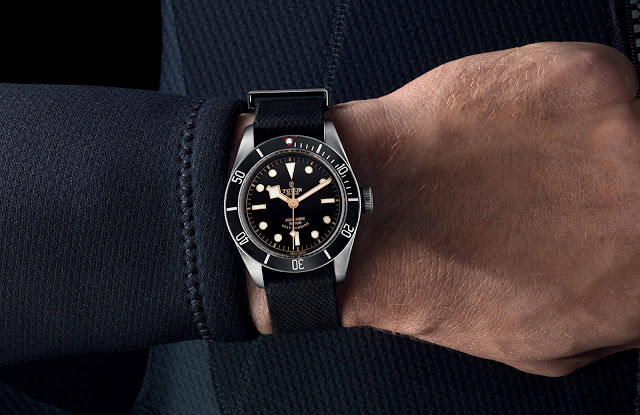
Tudor Heritage Black Bay, Source: Watches by SJX
Bezel
Consisting of a ring that goes around the watch's dial, a bezel is usually present in three different ways. They can either be fixed, bidirectional or unidirectional.
Manufactured from either metal or ceramic, it plays an integral part in giving maintenance to the crystal case. Bezels are a major player when it comes to the design of a specific timepiece.
Some are plain while others offer a myriad of designs or embellished with encrusted jewels and precious stones. You can even find different shaped ones with octagonal bezel designs delivering far more personality compared to standard round bezels.
You can even find some that turn opening up a world of horological adventure thanks to the inclusion of a slide rule, compass and pulsometer. For diving fanatics, rotating bezels can be found on many divers allowing accurate times to be recorded.
Iconic bezel watches: Tudor Heritage Black Bay, Rolex Submariner "Hulk".
3/24
Calibre
Associated with movement, a calibre consists of a number of small parts that turn power located in the barrel. Essentially, it is the mechanism inside that drives the watch, helping it function and operate.
Iconic calibre watches: Omega Seamaster Diver 300 M, IWC Portugieser.
4/24
Caseback
The caseback is found on the underside of the watch. It can be made of differing material or the same substance.
The caseback can be removed so parts can be accessed on the inside. Known as an exhibition caseback, sometimes manufacturers use a clear plate so you can see through to the movement clearly.
Iconic exhibition caseback watches: Jaeger-LeCoultre Master Calendar, Piaget Altiplano Chronograph.
5/24
Chronometer
A timepiece that has been independently verified by the COSC (Contrôle Officiel Suisse des Chronomètres) over the course of 15 days. Timepieces undergo rigorous tests across six positions and three varying temperatures. Accuracy should be to -4/+6 seconds per day
Iconic chronometer watches: Chopard Grand Prix de Monaco Historique, Rolex Oyster Perpetual.
6/24
Complication
A posh description for another watch function that’s not just telling the time. This could be all manner of aspects such as GMT, chronograph (stopwatch) perpetual calendar or even a moonphase. The more complications, the pricier and complex the watch becomes to manufacture.
Iconic complication watches: Bulgari Octo Finissimo Perpetual Calendar, Vacheron Constantin Celestia Astronomical Grand Complication 3600.
7/24
Crown
Located on the side of the case, the crown is used for many adjustments including altering the date or time. If you have a mechanical watch and it doesn't have automatic properties then this can be self wound via the crown button.
Iconic crown watches: Rolex Submariner.
8/24
Deployant Clasp
The most popular clasp available, a deployant clasp functionality is uncomplicated. Opening and closing is made easy thanks to a simple series of tiny metal hinges and plates. This folding mechanism is pressure-sensitive and ensures the watch is closed correctly.
A clasp adds value to the overall aesthetics of a watch and provides easy removal from the wrist. There are a wealth of other clasps found on luxury timepieces that have proven to be extremely popular like a butterfly clasp and hidden folding clasp.
Iconic clasp watches: Rolex Oyster Perpetual Sea-Dweller, Tudor Pelagos.
9/24
Dial
This is known as the watch face …but between you and I and to save face, never say this. It’s always called the “dial”. A dial always showcases the essential information such as the time, day, date, subdials, power reserve indicator and any complications.
Dials are known to house many other features that are indicative to a luxury watch from Arabic and Roman numerals to hour markers. Dials come in a variety of tones, shades, finishes and materials or can be encrusted with jewels or engravings.
This is precisely why manufacturers make dials so appealing especially when it comes to your purchasing decision.
Iconic dial watches: Frank Muller Vanguard Lady, Oris Big Crown Pointer Date.

Source: Breitling
10/24
Divers Watch
ISO 6425 standards set out what defines a diving watch. A minimum 330ft/100m water resistance, readability in the darkness of at least 25 cm and have a unidirectional rotating bezel. In addition, a divers watch must offer shock resistance and anti-magnetic properties
Iconic men’s diving watches: Panerai Submersible, Breitling SuperOcean II.
11/24
ETA
Owned by the Swatch Group, this is one of the major producers of third-party movements. ETA is considered a major player in this specific industry and responsible for movements across a number of different Swiss brands.
12/24
Frequency
Defined as the amount of oscillations that a balance wheel performs. The greater the number, the more accurate the measurement of time.
The usual reading is usually hertz but it can also be seen as vibrations per hour. Premium contemporary mechanical watches can record frequencies of 4Hz (28,800VpH). The output of high beating timepieces are recorded much higher than this at 5Hz (36,000VpH)
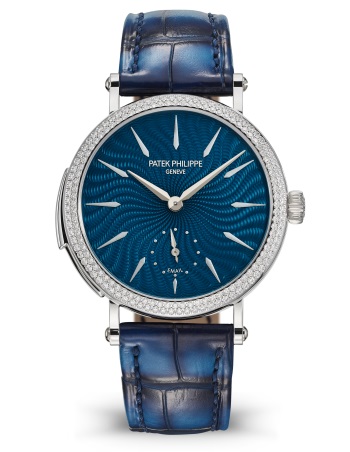
Source: Patek Philippe
13/24
Guilloché
A traditional engraving technique is undertaken on the dial. Using intricate design and meticulous geometric patterns, it can be engraved on the watches surface to spellbinding effect.
Iconic guilloché watches: Patek Philippe Grand Complications Minute Repeater.
14/24
Haute Horlogerie
Derived from the French for “high watchmaking,” this term separates certain premium timepieces or high end watchmakers showing the greatest proficiency in craftsmanship, engineering and watch finishing.
Iconic haute horlogerie watches: Jaeger LeCoultre Master Control Calendar Moonphase.
15/24
Indices
Instead of numbers, indices represent specific hour watch markings located on the dial. In most circumstances, high end timepieces have applied indices found on the dial.
16/24
Lugs
Referred to as “horns”, lugs are located at both the top and bottom of the watch. Connecting the entire piece via the strap, a lug has two ends. These hold the spring bar which in turn secures the strap.
17/24
Luminescence
Known as “lume”, luminescence is often referred to as the glow that emits off several areas on the watch including the hands and numerals. Very early watches used radioactive radium which would have had Superman quaking in his boots.
However, today’s technological breakthroughs have seen non-toxic radioactive substances form the lume such as strontium aluminate.
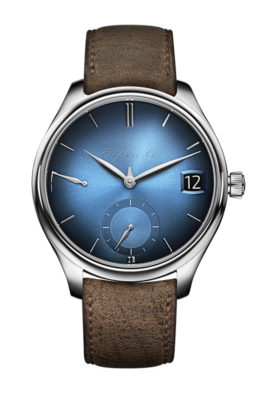
Source: H. Moser and Cie
18/24
Power Reserve
The amount of time a mechanical watch is able to run for before it needs to be wound again. The majority of entry-level timepieces offer up to 40 hours power reserve.
Luxury watchmakers are able to ensure their power reserves run for a few days if not more. Yet as engineering has developed, this has led to brands upping the stakes when it comes to larger power reserves. Some even provide more 60 or 70 hour power reserves making them highly desirable.
Iconic power reserve watches: H. Moser & Cie. Endeavour Perpetual Calendar.
19/24
Quartz
Systems which are operated by batteries, quartz watches are a different kettle of fish. Movements are less expensive but enjoy high accuracy when compared to mechanical compadres.
During the 1960’s, the Quartz movement took off with gusto. As new technology was introduced, the consumer latched onto its horological coattails. Call it timing, call it what you will but quartz became the hot ticket.
As the so-called Quartz Crisis boomed, the mechanical-watch sector took a major blow. This led to the insolvency of nearly 1,000 watch companies with significant redundancies.
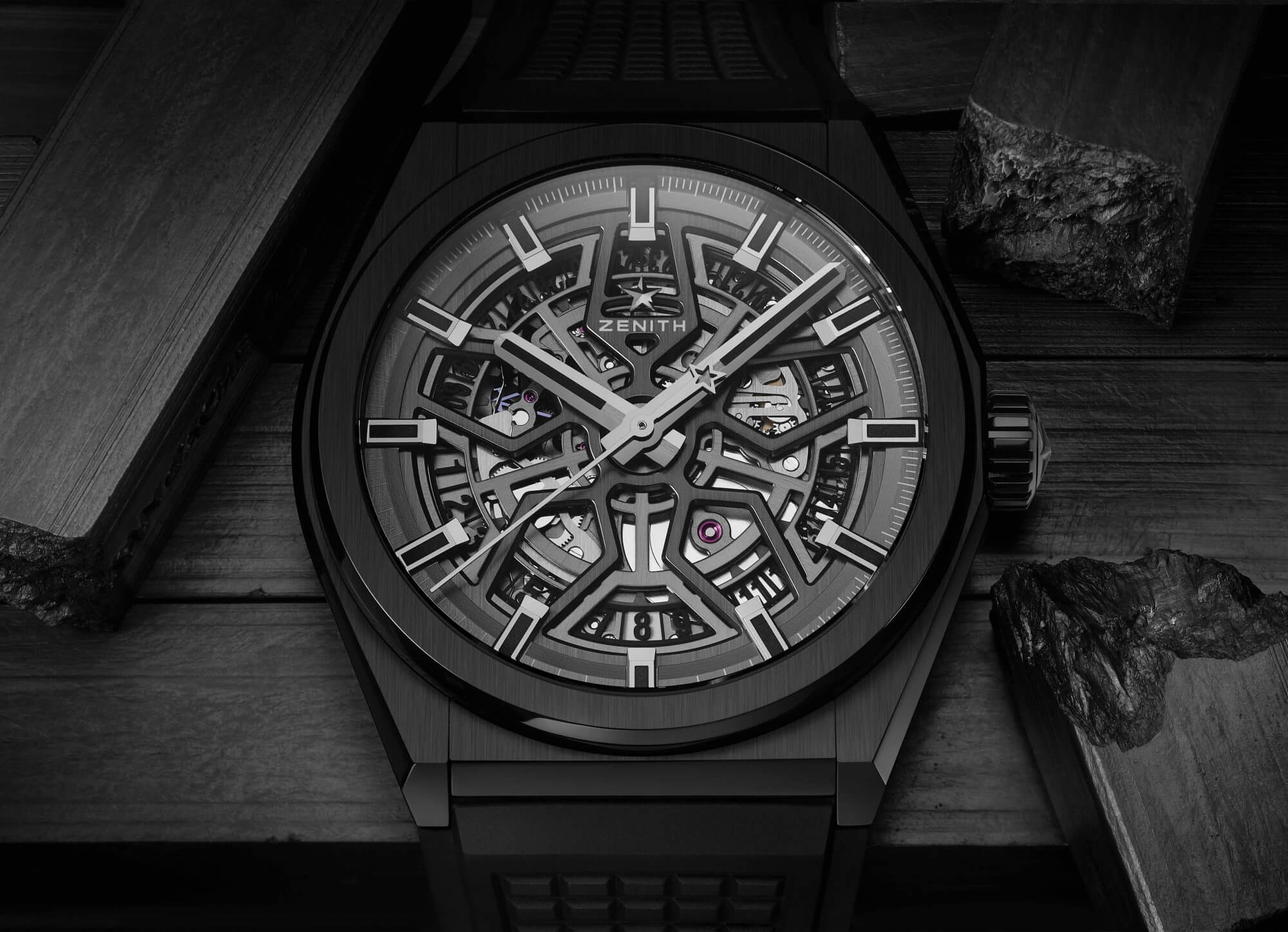
Source: Oracle Of Time
20/24
Skeleton
A watch sans dial. This is replaced with a decorative movement where the dial is hollowed out by the manufacturer to reveal its full aesthetic glory.
Revealing the mesmeric, intricate detail of the watches interior, many watch investors, collectors and enthusiasts go goo goo to see the complete workings of the timepiece which can be seen from the front.
Iconic skeleton watches: Zenith DEFY Classic Black Ceramic.
21/24
Tachymeter
Running around the dial’s exterior, the tachymeter is responsible for calculating speed over a specific distance. They can also be found on a bezel.
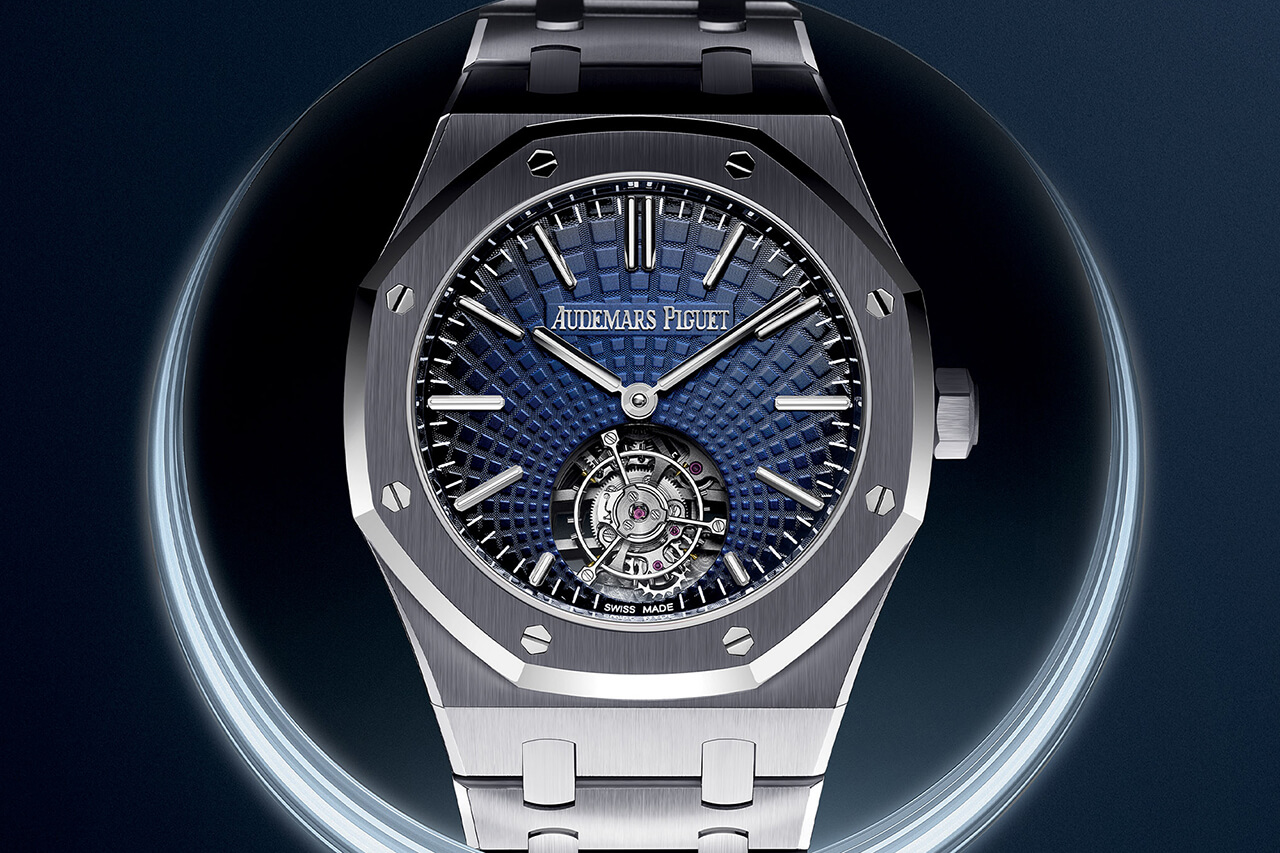
Source: Oracle Of Time
22//24
Tourbillon
A symbol of first rate luxury watchmaking, a tourbillon counters the negative impact that gravity has on the accuracy of a timepiece's movement.
Previously produced during the 17th Century when pocket watches were all the rage, a tourbillon does not offer any extra functionality but has remained at the forefront of craftsmanship. As a result, tourbillon watches can tend to command sky-high prices.
Iconic tourbillon watches: Audemars Piguet Royal Oak Self Winding Flying Tourbillon
23/24
Water Resistance
The ability to withstand water or humidity from entering the case. The measurement for water resistance can either be recorded in atmospheres (ATM), metres or feet. 30 metres can usually withstand a few raindrops while 50 metres can be taken in the pool for a quick dip.
Water resistant watches that are 100 metres (10 Bar) can be used for all manner of watersports including snorkelling. Then you are going into the big water leagues. Forget Jules Verne as 1000 metre dive watches are accustomed for professional deep sea divers alone.
Take for example the Rolls Royce of dive watches. Boasting resistance up to nearly 4,000 metres, the extraordinary Rolex Deep Sea Dweller is truly the mother of all underwater diving watches.
Iconic water resistance watches: Deep Blue Depth Master 3000.
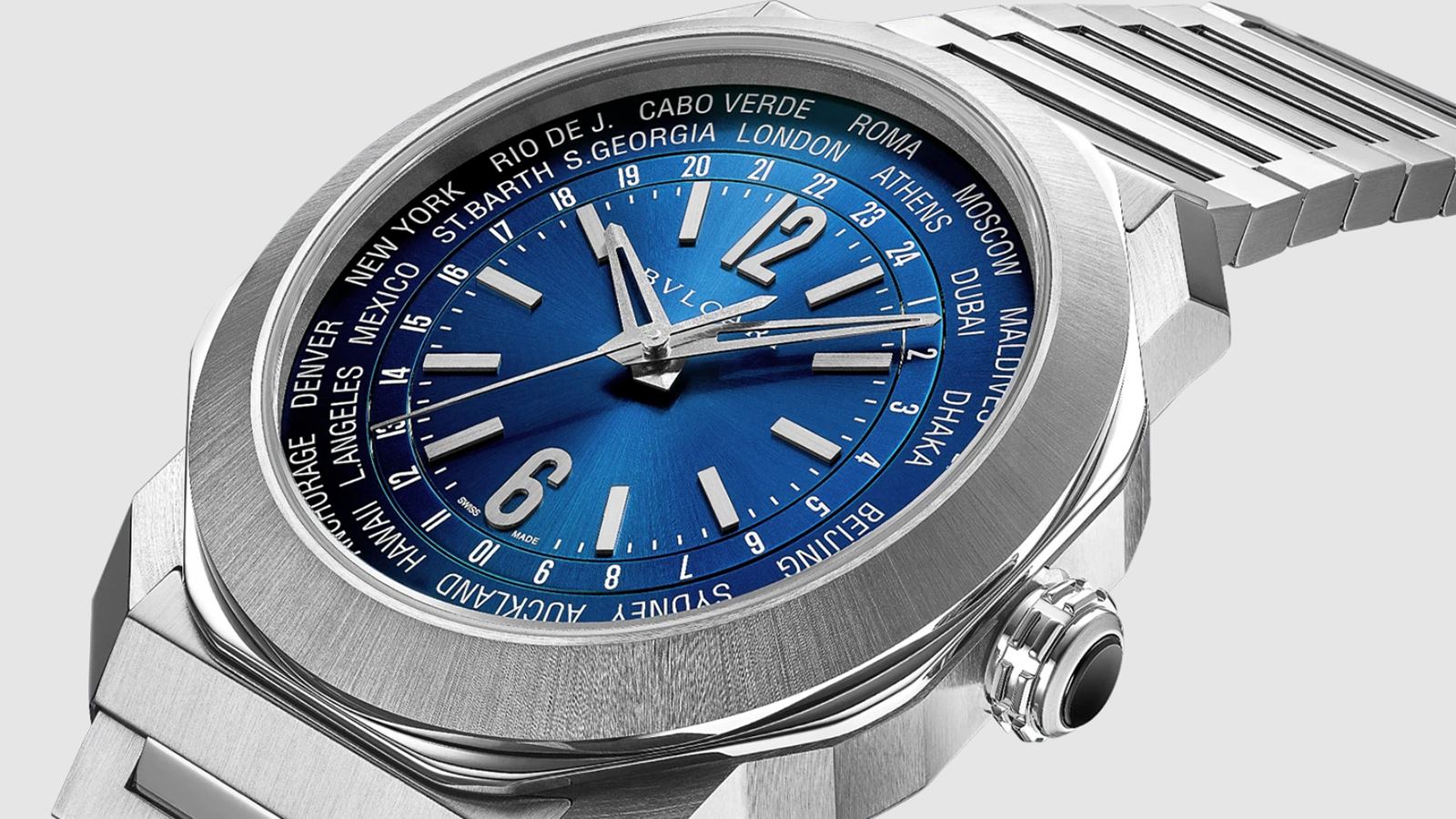
Source: Imboldn
24/24
World Timer
Featuring 24 unique time zones across 24 cities globally, this specific type of watch can be adjusted via the dial to display a particular time zone.
Perfect for the seasoned traveller or jetsetter, the outer chapter ring displays the city names with a handy pusher allowing you to move effortlessly between each individual location.
Iconic world time watches: Bulgari Octo Roma WorldTimer.
Conclusion: Our comprehensive watch term roundup should give every watch fanatic the key terms in gaining a thorough understanding of how watches tick.
But hang on watch lovers, it’s about time you listened up. If you are searching for expertise or guidance around your beloved timepiece, talk to ChronoHunter. Whether looking to buy or sell a watch, why not compare offers in real time from our exclusive selection of trusted watch retailers.
Further Reading: ChronoHunter’s very own watch term glossary.
Buy Or Sell A Luxury Watch The Smart Way With Chrono Hunter
If you are considering your new purchase or perhaps the sale of a beloved timepiece, Chrono Hunter is the smart way to buy or sell a luxury watch.
Compare Offers from the world's most reputable luxury watch retailers.
Save Time.
Save Money.
Personalised Service.
Hassle-Free.

.png)